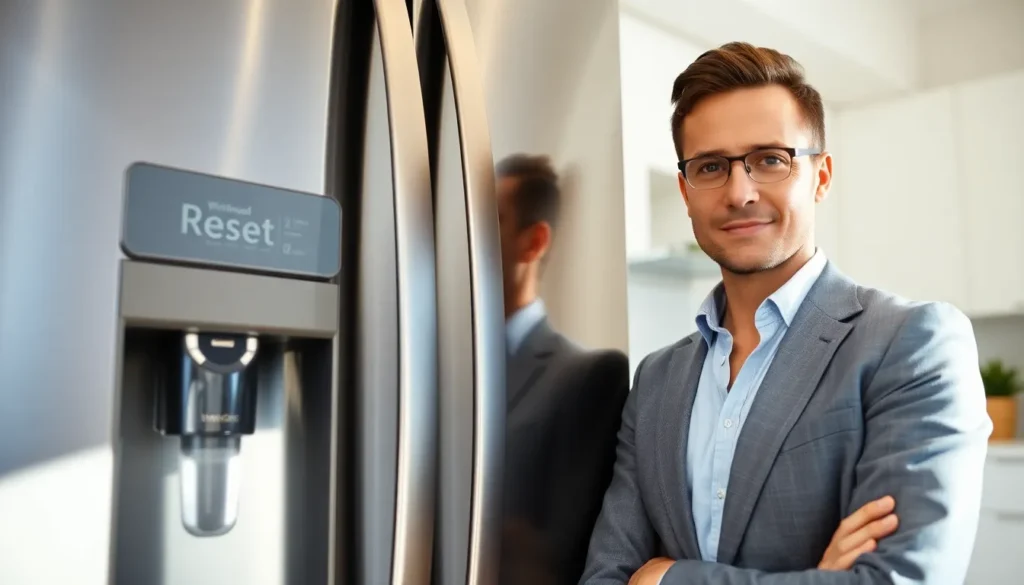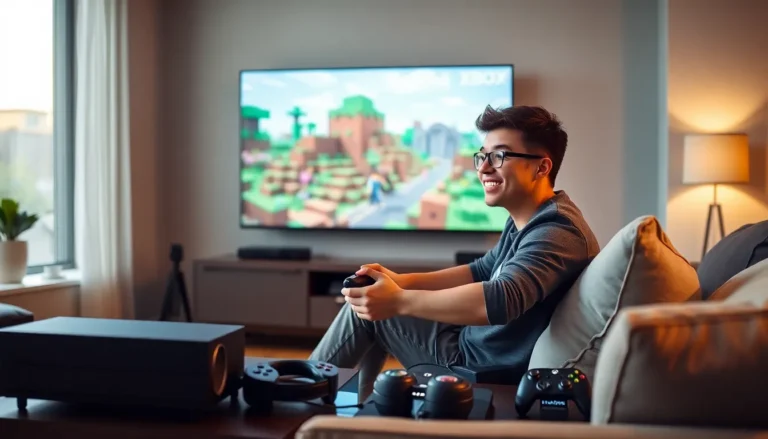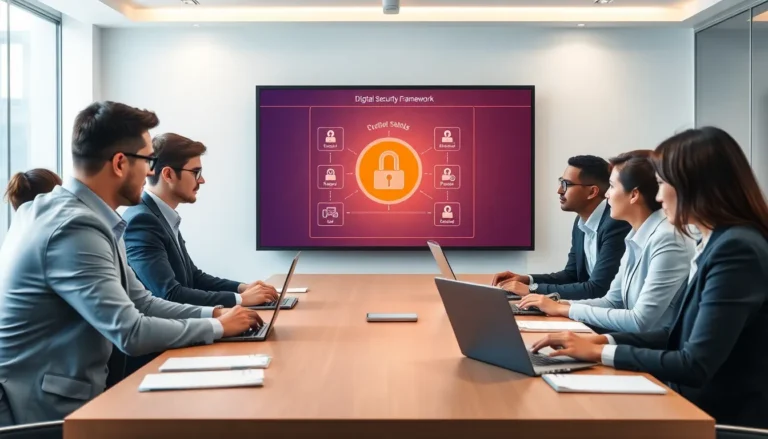If you’re tired of guessing whether your Whirlpool refrigerator’s water filter is working, you’re not alone. Many people overlook this essential maintenance task, only to discover their water is not tasting as fresh as it should. Resetting the water filter isn’t just a technical chore: it’s a crucial part of ensuring that every sip of water is crisp, clean, and refreshing. Plus, it’s simpler than you might think, trust us, it’s not rocket science. Let’s jump into why this matters and how you can easily reset your water filter like a pro.
Table of Contents
ToggleUnderstanding The Importance Of Resetting Your Water Filter

Many people might wonder, why is it so important to reset the water filter? The answer is simple: resetting the filter helps the refrigerator monitor its lifespan accurately. Water filters trap contaminants and impurities, and they have a limited capacity. Once they reach their threshold, they can no longer effectively clean the water, leading to unpleasant tastes and smells. Failing to reset the filter may result in the appliance displaying outdated filter status messages. This can cause confusion around whether the filter is still working or needs changing. Thankfully, resetting the filter is a quick and easy process that can be accomplished in just a few steps.
Identifying The Right Water Filter For Your Whirlpool Refrigerator
Before tackling the reset, it’s crucial to ensure you have the right water filter for your Whirlpool refrigerator. Whirlpool often designs its refrigerators to use specific filter models, and using the wrong one may hinder proper filtration. Check the owner’s manual for your model to identify the correct filter type. Typically, Whirlpool utilizes filters like the EveryDrop water filter, which effectively reduces both chlorine taste and odor. You can also find these identifiers on the filter itself or the packaging. If you are unsure, it’s always a good idea to visit the official Whirlpool site or consult your appliance store for guidance.
Step-By-Step Guide To Resetting The Water Filter
Now that you know the importance and the right filter to use, let’s get into the nuts and bolts of resetting the water filter.
Step 1: Locate the Reset Button
Most Whirlpool refrigerators have a reset button located either on the refrigerator’s control panel or directly on the water filter itself. If it’s on the control panel, look for an icon resembling a water drop or filter.
Step 2: Press and Hold
Press and hold the reset button for about three seconds. If your model doesn’t have a dedicated reset button, navigating through the LCD panel menu is generally how it goes.
Step 3: Verify the Reset Indicator
After releasing the button, the indicator light should either turn green or go off completely, indicating that the filter has been successfully reset. If it does not change, repeat the reset process.
Step 4: Run Water
It’s a good practice to dispense water for a few moments to ensure the system is working correctly after resetting. This flushes out any stale water remaining in the lines.
Tips For Maintaining Your Water Filter
Maintaining your water filter is crucial for longevity and efficiency. Here are some handy tips:
- Regularly Check the Status: Every month, check the indicator light. If it’s red or yellow, it may be time to replace or reset your filter.
- Replace Filters as Recommended: Whirlpool typically recommends replacing water filters every six months or after filtering about 200 gallons of water.
- Keep It Clean: Ensure the water filter housing is free of residue to avoid contamination. Cleaning or wiping it down can keep the area clean and functioning optimally.
- Flush the System: After changing or resetting the filter, always run the water for at least a few minutes. This helps to eliminate any debris left over from the installation.
Following these tips can ensure your filter works effectively and provides the clean, flavorful water you expect.
Common Issues And Troubleshooting During The Reset Process
Encountering issues when resetting the water filter can be a nuisance. Here are a few common pitfalls:
- No Indicator Change: If the indicator light doesn’t reset, double-check that you are pressing the correct button for your model. Sometimes, the button may require a longer press.
- Continuing Bad Taste: If the water still tastes bad after resetting the filter, the filter may need replacing rather than simply resetting. Consider that installed filters can degrade over time even if they haven’t reached the indicated lifespan.
- Leaking: If water starts leaking from the filter after resetting, it could be improperly seated. Make sure it’s tightly installed without being over-tightened.
- Error Codes: In some models, an error code might appear on the display. Refer to your refrigerator’s manual to decode and resolve these issues.
These troubleshooting tips can save you headaches and keep your water fresh.
When To Replace Your Water Filter Instead Of Resetting
While resetting the filter is essential, there are times when replacement is the better option. If the filter is older than six months, exhibits signs of degradation, or fails to improve water quality, a change is in order. Also, if the filter doesn’t reset properly or the water tastes or smells worse after the reset, it’s time to let it go. Filters are relatively inexpensive, especially compared to the health risks associated with drinking contaminated water. Staying proactive about this will ensure you consistently have access to clean and great-tasting water.










